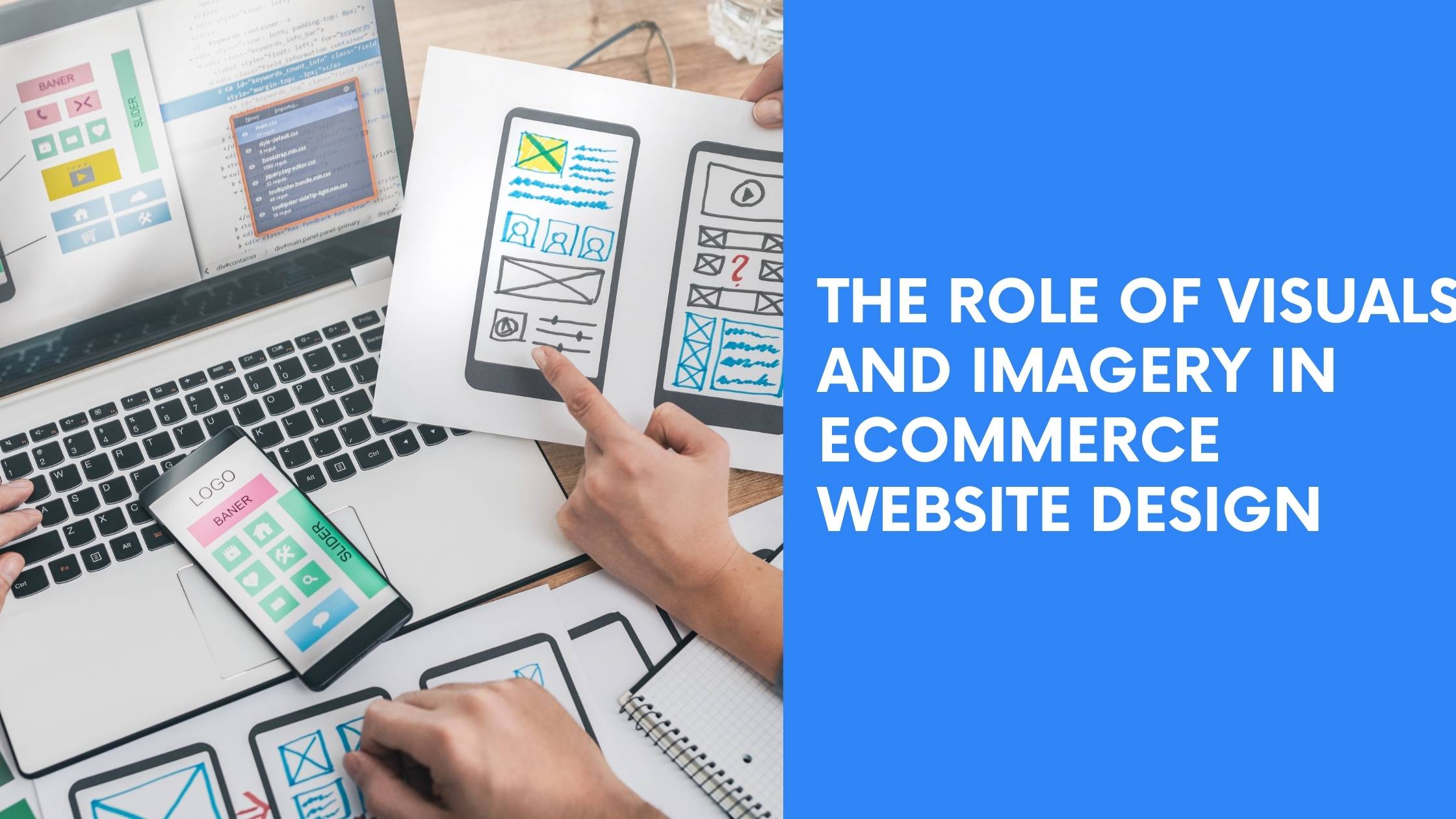Ecommerce websites live and die by their visuals and imagery. Unlike brick-and-mortar stores, where customers can touch and feel products, online shoppers rely solely on what they see on their screens to inform their purchasing decisions. As such, ecommerce sites must utilize strong visuals and product photography to attract users, build trust, and drive conversions.
The Importance of High-Quality Product Images
Product images are one of the most critical elements of ecommerce web design. A recent study by Nielsen Norman Group found that users pay the most attention to photos on ecommerce categories and product pages. High-quality images allow customers to inspect items from all angles and get a realistic sense of textures, colors, and details.
When listing products, ecommerce sites should include:
Primary image that shows the entire product. Zoomed-in shots can complement the main photo.
Multiple angles like back, side, zoomed, in use, etc.
Variations such as different colors, patterns, or sizes.
Image quality factors like lighting, resolution, editing, and background also significantly impact conversion rates. Ensure images are well-lit, in focus, color-corrected, and presented on clean backgrounds. Avoid cluttered scenes and always optimize images for the web.
Product Videos and 3D Models
While images provide a static look at products, videos, and 3D models better demonstrate how items function or are used. Apparel brands, for example, should include videos of models walking in clothing and accessories to showcase drapes and movement. Electronics companies can use 3D models to allow online shoppers to interact with products by spinning and zooming.
Videos and 3D models help customers evaluate if the product matches their needs. They provide details that images cannot always fully capture. This richer digital experience reduces product returns and builds trust in the brand.
Backgrounds and Product Scenes
Ecommerce sites should pay just as much attention to their backgrounds as the products themselves. Simple white and light gray backgrounds keep focus on the product without causing distraction. More contextual scenes like kitchens, desks, or nature can further blend the product nicely into a lifestyle setting.
Whatever background is chosen, ensure it aligns with the brand identity and makes logical sense with the type of item being displayed. Only include complementary props that would realistically be used with the product.
Consistent and High-Quality Photography
Maintaining a consistent look, feel, and quality across product images is critical for ecommerce sites. When image styles widely vary, it makes the online store seem disjointed and cheap.
To achieve consistent photography:
Use the same lighting, angle conventions, propping, and editing techniques across all products.
Hire a professional photographer or contract with a photo studio to handle all product shots.
Carefully organize images into a digital asset management system for easy discovery.
Develop an image style guide that defines standards for backgrounds, angles, image types, etc.
While meeting brand standards, product photos should also strive to look natural rather than sterile and overly commercial.
Image Types Based on Product Category
Certain categories demand more visuals than others to effectively represent products online. Some examples include:
Apparel: Primary image, back view, zoomed details, modeling shots, variations for color/pattern choices, instructional sizing charts.
Jewelry: Straight-on and angled images of products styled and worn on models. Multiple detail shots of stones, branding, closures, etc.
Furniture: Straight-on and 360-degree room view images, depiction within room settings from different angles, details of materials, and construction.
Outdoor gear: Products shown in use situations for context, details of features/materials, and illustrations of technical elements like padding or waterproofing.
Food: Beauty shots of prepared food, individual ingredients, packaging details, serving suggestions or recipes, and cooking process photos/videos.
Consistent and Well-Branded Lifestyle Photography
Lifestyle images add a human element to e-commerce sites by showing products that are naturally used. This helps customers connect how items fit into their own lives. Maintaining a cohesive lifestyle brand image is important.
For consistency, use:
Models that align with brand identity and target audience.
Location/backgrounds that reinforce brand values and aesthetics.
Styling, poses, and activities that logically make sense with the products.
Lifestyle shots should look authentic yet aspirational. Avoid overly posed or stock-like photography.
Image-Focused Page Layouts
Since images are the main focus of ecommerce sites, the page layout and design must showcase visuals prominently. Some best practices include:
A large primary image is near the top, with supportive thumbnail clicks below.
Ample negative space around photos to prevent clutter.
Images get priority over text.
Consistent image sizes and spacing on template pages.
Zoom functionality for detailed inspection.
Lightbox pop-ups for enlarging images.
Responsive designs that adapt image arrangements seamlessly to mobile devices.
Strong visual hierarchies, white space, and strategic use of image zooms and overlays create engaging yet uncluttered pages that put the photography center stage.
Text and Graphics to Complement Imagery
While compelling product photography captures user attention, text and graphics still play an important complementary role. Descriptive headings, informative copy, technical specifications, and infographics help customers learn key details about items. Visual cues like badges, labels, or stamps can also effectively highlight promotions, shipping options, and return policies right within the product images themselves.
When adding supporting elements, be selective. Avoid distracting or excessive text near images. Use clear, readable fonts, consistent icons, and infographics when appropriate to increase your purchasing confidence.
Image Optimization
With page speed being a factor in search rankings, ecommerce sites must optimize their visual assets. Large high-resolution images often need to be compressed and resized to load efficiently on web pages.
Use tools to batch process images for:
Proper image formats - JPEG for photographs, PNG for computer-generated graphics.
Reduced file sizes without losing quality.
Dimensions that match the intended display size.
Removal of unnecessary EXIF data.
Adaptive images that load differently on mobile vs. desktop.
Delivering optimized loading images improves user experience and SEO.
The Right Product Visuals Influence Purchase Decisions
Ecommerce is, first and foremost, a visual experience. The imagery displayed online serves a make-or-break role in customers choosing to buy or click away. By using quality photographs, videos, and 3D models optimized for the web, ecommerce sites can drive more sales and establish stronger brand identities through visual storytelling. The best product images give online shoppers the confidence to purchase without physical examination.
Conclusion
The role of visuals and imagery in ecommerce website design is paramount. High-quality product images, videos, and 3D models are crucial for attracting users, building trust, and driving conversions. Consistency in photography, attention to backgrounds, and the strategic use of lifestyle images and page layouts further enhance the customer experience. By optimizing images for the web, ecommerce sites can improve loading speeds and SEO, ultimately influencing purchasing decisions. IoVista Inc. exemplifies these principles, leveraging strong visuals to create compelling online shopping experiences that boost sales and reinforce brand identity.
Name: IoVista Inc.
Address: 5220 Spring Valley Rd Suite 568, Dallas, TX, 75254
Phone No: 214–239–0143












0 comments:
Post a Comment